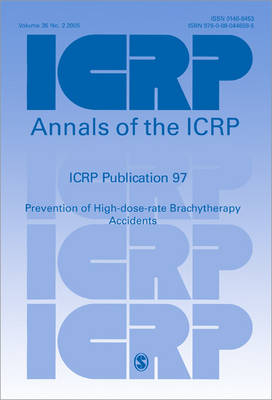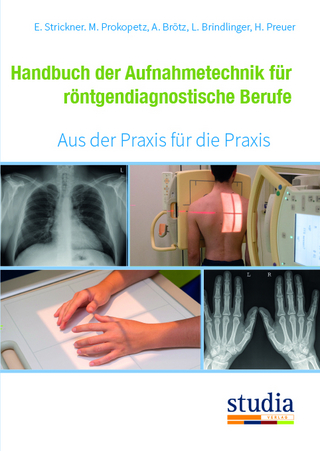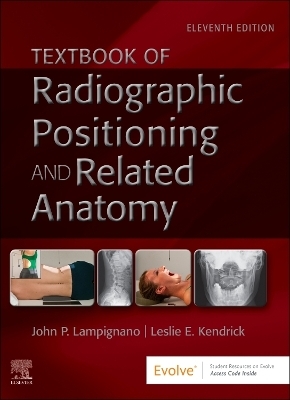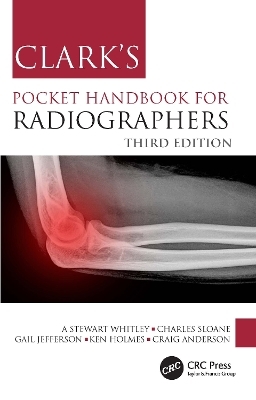
ICRP Publication 97
Elsevier Health Sciences (Verlag)
978-0-08-044658-5 (ISBN)
High-dose-rate (HDR) brachytherapy is a rapidly growing technique that has been replacing low-dose-rate (LDR) procedures over the last few years in both industrialised and developing countries. It is estimated that about 500,000 procedures (administrations of treatment) are performed by HDR units annually. LDR equipment has been discontinued by many manufacturers over the last few years, leaving HDR brachytherapy as the major alternative.
HDR brachytherapy techniques deliver a very high dose, of the order of 1.6–5.0 Gy/min, so mistakes can lead to under- or over dosage with the potential for clinical adverse effects. More than 500 HDR accidents (including one death) have been reported along the entire chain of procedures from source packing to delivery of dose. Human error has been the prime cause of radiation events. In the present report, the International Commission on Radiological
Protection concludes that many accidents could have been prevented if staff had had functional monitoring equipment and paid attention to the results.
Since iridium has a relatively short half-life, the HDR sources need to be replaced approximately every 4 months. Over 10,000 HDR sources are transported annually, with the resultant potential for accidents; therefore, appropriate procedures and regulations must be observed.
A number of specific recommendations on procedures and equipment are given in this report. The need for an emergency plan and for practising emergency procedures is stressed. The possibility of loss or theft of sources must be kept in mind.
CONTENTS ABSTRACTi EDITORIAL6 PREFACE8 1.INTRODUCTION11 2.What is the purpose of this report?12 2.1.What is remote high dose rate brachytherapy?13 3.Current Clinical Use of HDR brachytherapy15 4.Infrastructure and Components of the Remote Afterloading HDR suite16 4.1.HDR Suite17 4.2.HDR Unit18 4.2.1.HDR source18 4.2.2.Afterloader device (treatment unit)19 4.2.3.Control console20 4.3.Applicators20 4.4.Treatment Planning System21 4.4.1.Preplanning22 4.4.2.Individualised planning22 4.5.Associated safety devices22 4.6.Building23 4.6.1.Infrastructure required for applicator/catheter placement (procedure room)23 4.6.2.Infrastructure required for localisation radiographs23 4.6.3.Infrastructure required for the treatment planning room24 4.6.4.Infrastructure required for the treatment room24 4.7.Imaging24 4.8.Equipment for radiation safety and source handling25 5.Personnel Requirements and Training26 5.1.Personnel requirements26 5.1.1.Radiation oncologist26 5.1.2.Medical physicist27 5.1.3.Technician / Brachytherapy technologist28 5.1.4.Nurse28 5.2.Is there need for special training for HDR procedures?29 5.2.1.Radiation oncologist training29 5.2.2.Physicist training29 5.2.3.Technician and nurse training30 5.2.4.Emergency procedures30 6.QUALITY ASSURANCE (QA)31 6.1.Clinical QA31 6.2.Physical quality assurance31 6.3.Organisational quality assurance32 6.4.Specific QA related to HDR units32 6.5.Special requirements for interstitial brachytherapy32 7.EXPOSURES, EVENTS, AND ACCIDENTS33 7.1.Events related to packing and transport33 7.2.Exposures to personnel and public34 7.3.Events during operation34 7.3.1.Reported mechanical and computer events34 7.3.2.Reported human errors35 8.Examples of reported events37 8.1.The most severe case37 8.2.Transport and package37 8.2.1.Source placed outside the transport safe and not secured37 8.2.2.Returned source not inserted in safe: failure to survey38 8.2.3.Damage in transit38 8.3.Exposure to personnel and public39 8.3.1.Inadequate shielding of bunker39 8.3.2.Faulty connection from transport container to HDR safe39 8.4.Mechanical events39 8.4.1.Source cable separated from drive unit39 8.4.2.Source stuck (unknown reason)40 8.4.3.Undersized transfer cable diameter40 8.4.4.Treatment planning software error / or human error41 8.4.5.Kink in the applicator (needle)42 8.4.6.Failure of retraction system43 8.4.7.Loss of connection between control panel and HDR unit43 8.4.8.Optical interlock43 8.4.9.Open-ended source carrier44 8.5.Human errors44 8.5.1.Wrong patient: Identification problem44 8.5.2.Reverse order of entry of dwell positions44 8.5.3.Inadequate default position for start of dwell sites45 8.5.4.Kink in catheter46 8.5.5.Dwell position error46 8.5.6.Wrong catheter47 8.5.7.Wrong length catheter47 8.5.8.Wrong orifice47 8.5.9.Wrong transfer tube48 8.5.10.Failure to recalibrate48 8.5.11.Dislodged applicator49 9.Recommendations50 9.1.General50 9.2.Specific50 APPENDIX A.CLINICAL INDICATIONS53 A.1.Cervical cancer53 A.1.1.Carcinoma of the endometrium54 A.2.Oesophageal cancer54 A.3.Head and neck cancer55 A.3.1.Nasopharynx55 A.4.Other interstitial or mould applications55 A.5.Lung cancer55 A.6.Breast56 A.7.Prostate56 A.8.Soft tissue sarcomas57 A.8.1.Soft tissue sarcomas in children58 A.9.Other sites59 A.10.Intraoperative use of HDR brachytherapy59 10.REFERENCES60
| Erscheint lt. Verlag | 1.3.2006 |
|---|---|
| Reihe/Serie | Annals of the ICRP |
| Verlagsort | London |
| Sprache | englisch |
| Gewicht | 120 g |
| Themenwelt | Medizin / Pharmazie ► Gesundheitsfachberufe ► MTA - Radiologie |
| Medizin / Pharmazie ► Medizinische Fachgebiete ► Onkologie | |
| ISBN-10 | 0-08-044658-2 / 0080446582 |
| ISBN-13 | 978-0-08-044658-5 / 9780080446585 |
| Zustand | Neuware |
| Haben Sie eine Frage zum Produkt? |
aus dem Bereich


